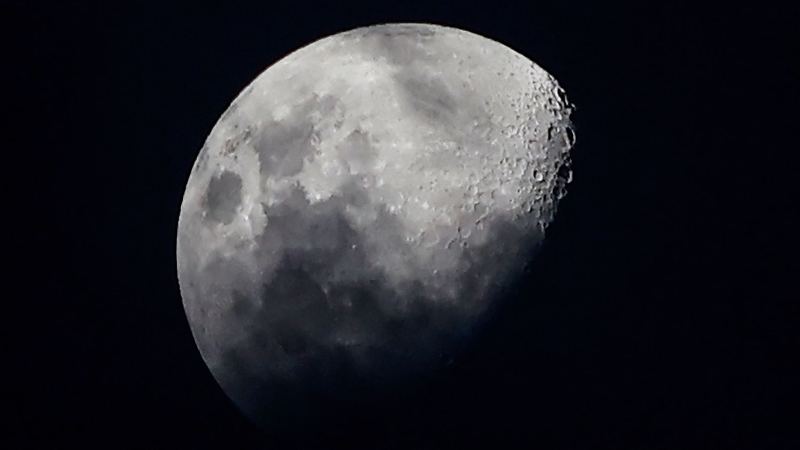
According to a recent study by the National Aeronautics and Space Administration (NASA), the Moon's size has been decreasing over the previous 100 million years. Additionally, this has caused previously unheard-of moonquakes.
The Moon has shrunk by more than 150 feet in circumference, while the Moon's core has cooled over the same time period, according to a recent study that was published in The Planetary Science Journal on January 25. The research findings indicate that the ongoing reduction in size of the Moon is causing seismic activity.
Scientists from Arizona State University, the Smithsonian, NASA, and the University of Maryland have all contributed to the study. The US space agency plans to land near the Lunar South Pole for the crewed Artemis III mission, and the new findings also indicate that this shrinking of the Moon will alter the surface around that location.
"Our modeling indicates that slip events on existing faults or the formation of new thrust faults could result in shallow moonquakes capable of producing strong ground shaking in the South Polar region," stated Tom Watters, the paper's lead author from the Smithsonian Institution in Washington.
The Lunar Reconnaissance Orbiter Camera on board was used by the researchers to conduct the study, according to the NASA report. The space agency can identify thousands of relatively small and young thrust faults that are widely dispersed throughout the lunar crust thanks to the LRO Camera that is used in this process.
The images released by NASA are drawing comparisons between the Moon's shrinking process and the wrinkles on a grape.
On the other hand, the depth of the shallow moonquakes that have been happening on the Moon's crust is estimated to be around 100 miles. On the other hand, moonquakes can last for hours or even an entire afternoon, which can have a significant impact, unlike earthquakes on our planet, which only last for a few seconds.